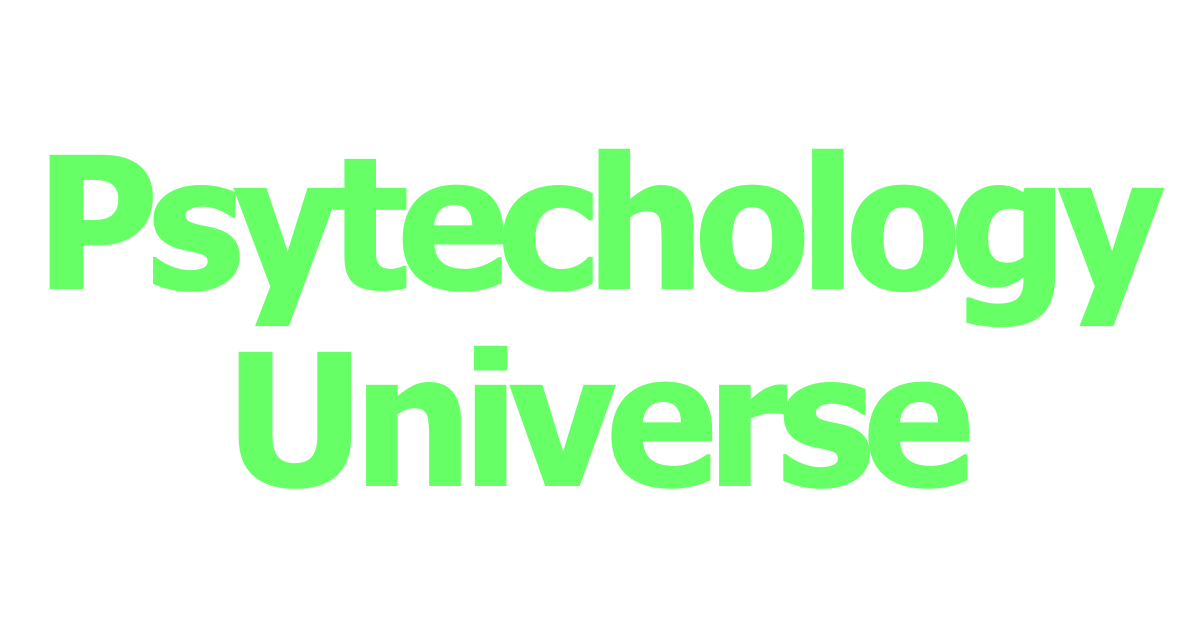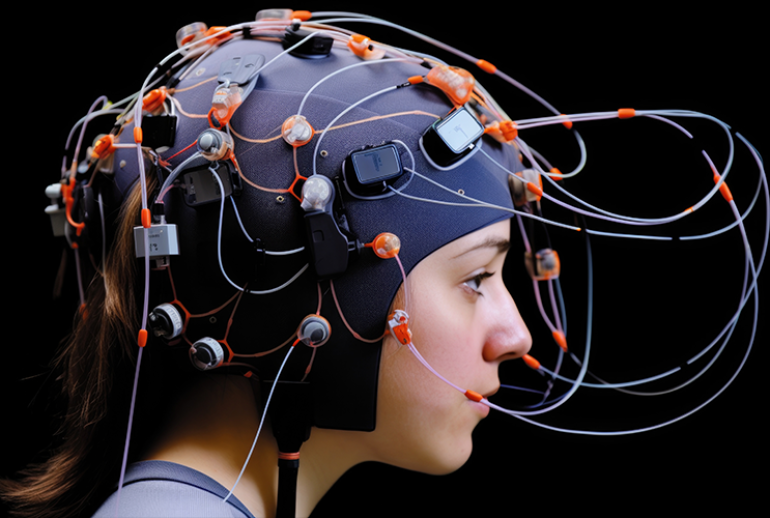Neurotechnology can be defined as any procedure or electrical tool that works with a closed-knit system of the nervous system with the aim of collecting or modulating data regarding this procedure.
It is being done to more-advance implantable brain-computer interfaces (BCIs) or brain-machine interfaces (BMIs) to interface straight with the human brain or its individual parts. The technology seems to path a direct interface of the human brain with other devices this could be a computer or even a smartphone.
How the Technology Functions
- Implantation Process
The device known as implant comes in form of very thin wires, which are around the size of human hair that is implanted in the brain through a robot surgeon. These electrodes are used for both, to measure the electrical signals in the brain and to control selective parts of them.
- Brain Activity Monitoring
The electrodes electrically stimulate the targeted nerve cell and also capture the neural activity, which is the brains electrical output. This data can be processed to study different aspects of the brain functioning, for instance, movement, sensation or cognition.
- Data Processing
The neural signals which are recorded are then relayed via a wireless connection; the beacon to an external apparatus like a smartphone or a computer. This neural data is again subject to complex number crunching through advanced algorithms to facilitate real-time monitoring of the brain’s activity and analysis of patterns.
- Brain Stimulation
Besides, the devices can capture the activity in the brain and even activate the brain tissue by sending electric currents. This capability creates opportunities for the treatment of neurological disorders like Parkinson’s disease or epilepsy using approaches that target triggering the desirable neuronal activity.
Applications
- Controlling external devices: Consider the ability to control with your mind a prosthetics limb or a typing on a computer keyboard or playing video games.
- Restoring lost function: In this particular area, those who have paralysis or neurological disorders could regain the control of their movement, voice or sensation.
- Treating neurological conditions: Breaching the blood-brain barrier to observe and activate the organ’s neural networks could help invent different approaches to controlling epilepsy, depression, and other pathological situations.
- Augmenting human capabilities: In the future, the use of the technology may improve memory, concentration or any other aspect of one’s brain capability.
Current Stage
Technology is still in its infancy where the quantum technology is concerned. It must be remembered that the devices have been tested on animals and only recently the same has received the permission to be tested on humans.
Some inherent risks of safety include acquiring an infection, damaging the tissue or organ targeted, experiencing adverse effects on the body’s brain functioning.
Further, there are ethical concerns on the aspects of data privacy and protection, operations breach, side effects of brain stimulation, and effects of such implants on the human brain in the future.
Conclusion
The technology has the potential to transform the science and medicine as well as create a grow area of application when combined with artificial intelligence but it has to be addressed responsibly. Especially in its further development, it requires constant research and by being subjected to public discussion about how it can be made concurrently ethical to its principles and beneficial to humanity.




One Response
Nice info